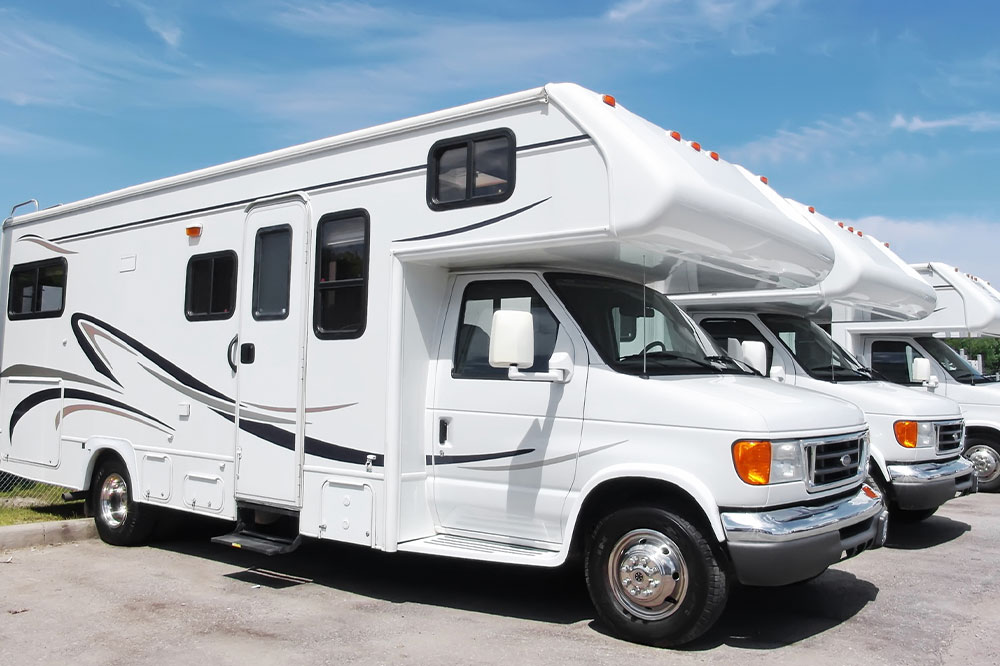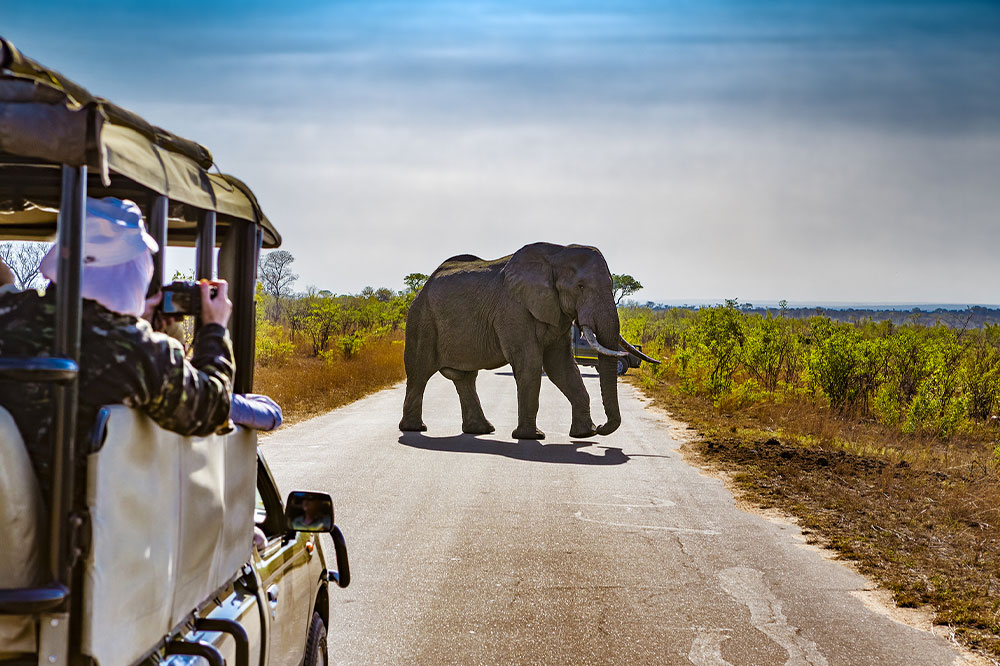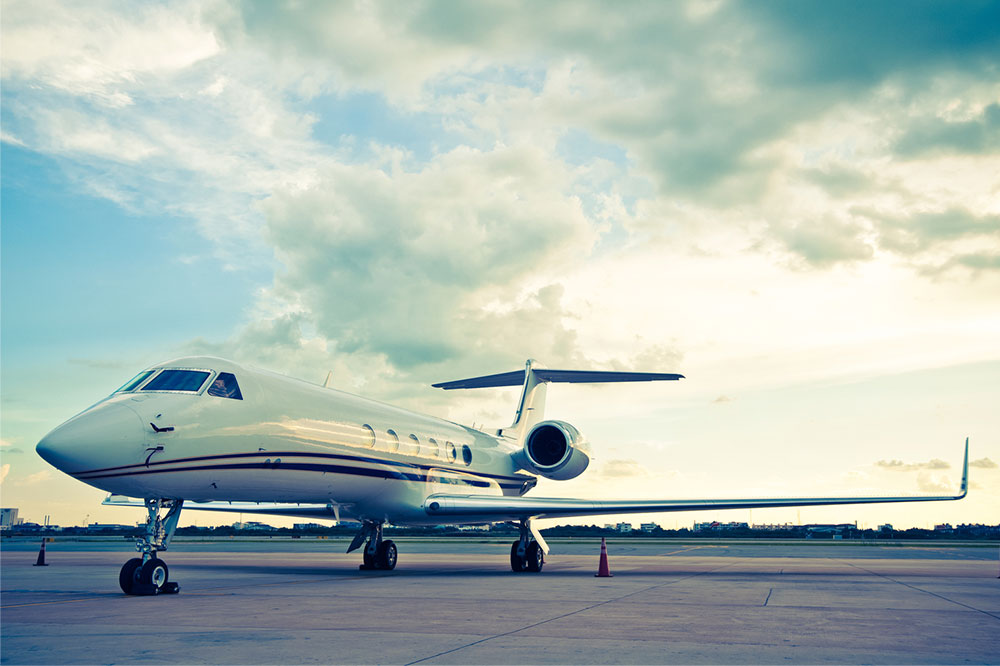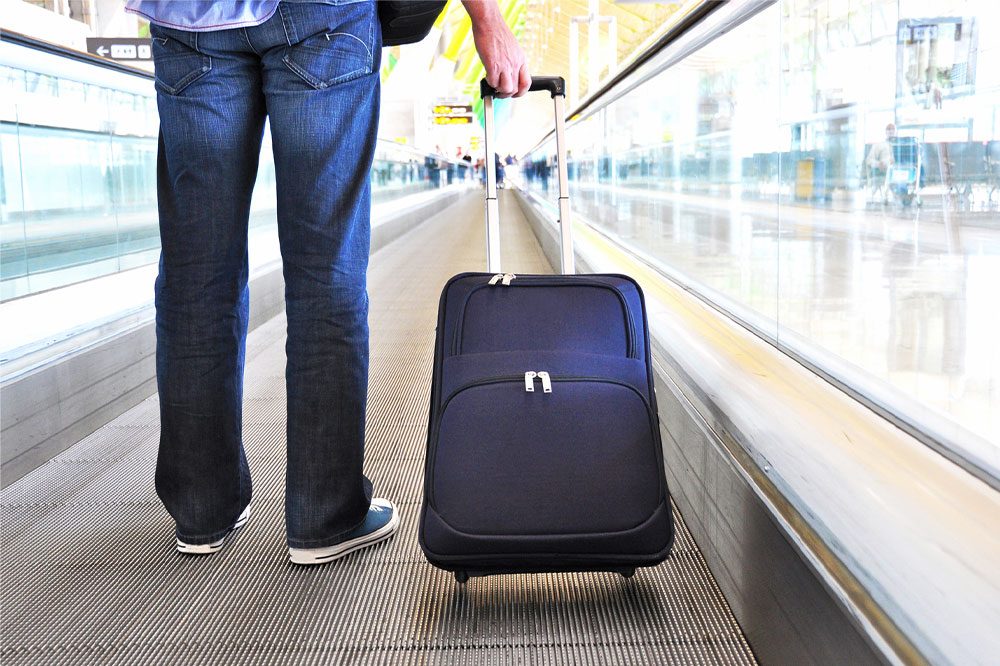
9 unfavorable cities for people with migraine
Migraine is a neurological disorder marked by headache, severe throbbing pain, or pulsating sensation in a part of one’s head. The condition can vary in intensity and can affect one’s daily life. Many factors play a role in offsetting one’s migraine, the major ones being a city’s environmental factors and stress. Studies show that the following cities are more likely to trigger migraines in people, thanks to their stress-inducing environmental factors. Worst cities that trigger migraines Nashville, Knoxville, and Chattanooga, TN A Vanderbilt University research has linked Tennessee’s barometric pressure to migraine issues in its cities. Barometric pressure is the atmospheric pressure that affects the oxygen level in the air. Those who reside in cities with maximum fluctuations in air pressure are at a greater risk of experiencing migraine attacks. Cities like Nashville, Knoxville, and Chattanooga see multiple barometric pressure shifts during a year, making them unsuitable for migraine sufferers. Dallas, TX Hot summers with rapid air pressure changes or places prone to frequent storms can also contribute to migraines. For example, Dallas, TX, has more violent weather and may not be suitable for some. Phoenix, AZ Phoenix is considered the country’s hottest city, reaching even 100 degrees on most days from May to September.
Read More 







